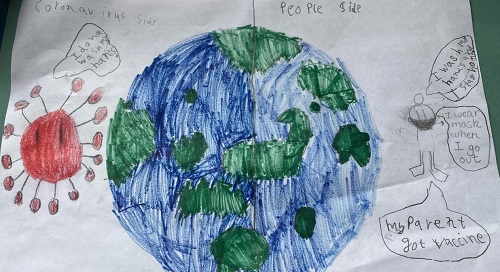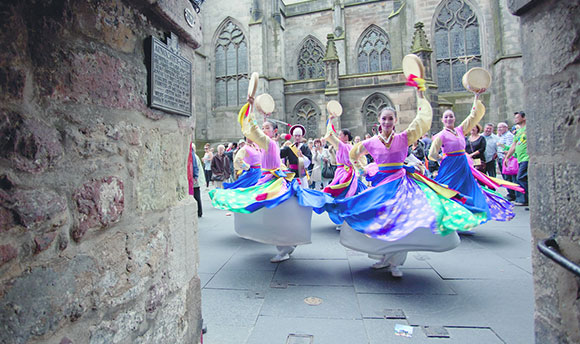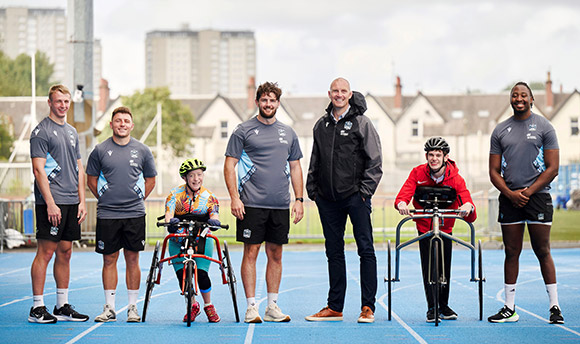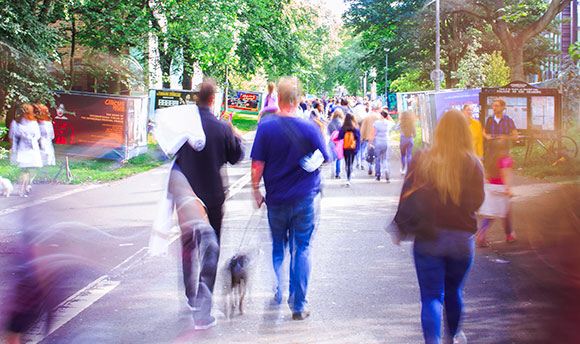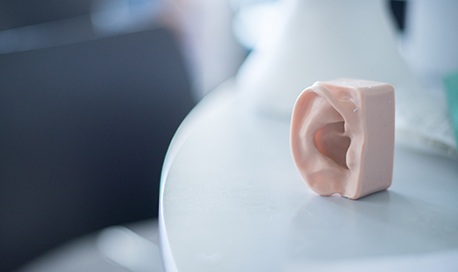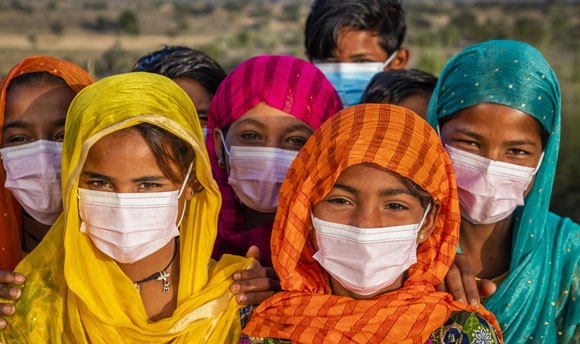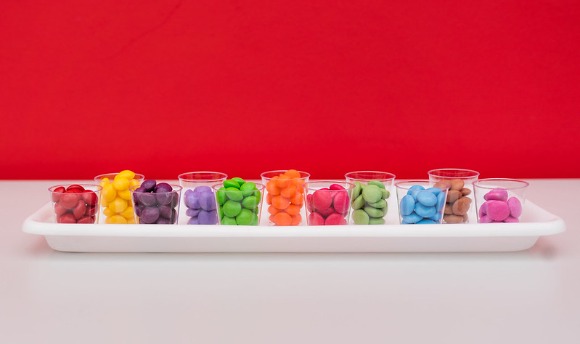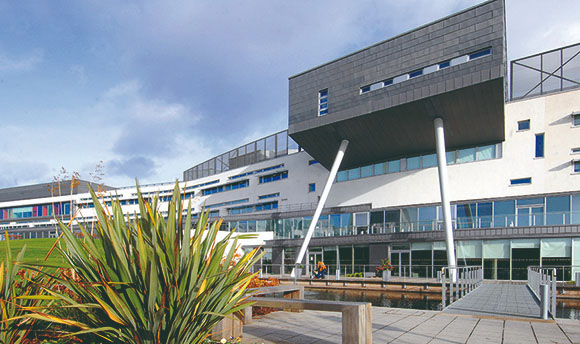Research Briefing
Download Impact of Covid in PDF Format.
Objective
To gain a deeper insight into the lived experiences of children of colour in Scotland during the COVID-19 pandemic, and to explore and amplify their visions for change.
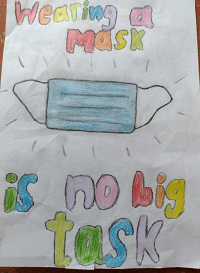
Method
To ensure safety from COVID-19, the research was conducted online. To maximise flexibility, participants were offered a range of ways to take part:
- Zoom interviews
- Writing or drawings
- Voice recordings
Many children had support from adults to take part, while others took part on their own.
Who took part?
- 35 children of colour, living in Scotland.
- Participants aged 9 months-15 years, with an average age of 9 years old.
- 57% identified as male, 43% as female.
- Participants mainly lived in Edinburgh area postcodes. The majority of participants lived in areas identified as SIMD* quintile 1 (most deprived 20%) and 2 (20-40% most deprived).
*The Scottish Index of Multiple Deprivation (SIMD) is a relative measure of deprivation across 6,976 small areas (called data zones). If an area is identified as ‘deprived’, this can relate to people having a low income but it can also mean fewer resources or opportunities.
Overarching recommendations from children:
Recommendation One: People in power should learn about racism and take an active role in fighting racism.
Recommendation Two: People in power should invest in services, to support children of colour and their communities to thrive.
Recommendation Three: People in power should fight COVID.
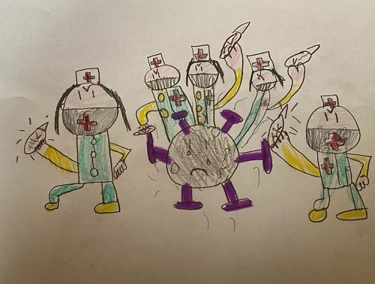
Children were very clear that people in power should be listening more to Black and Brown children.
- "Brown and Black children should be heard more and they should be interviewed by people in power" (Participant, age 10)
- "I don't think people in power will listen, but still tell them" (Participant, age 9)
- "...but if you told them and if they chose to understand it, then they could actually help." (Participant, age 13)
The participants suggested a long list of people in power that they wanted this research to reach, including teachers, GPs, other healthcare workers, politicians at local and national levels, courts, lawyers, the general public and their own communities.
Children in the study were very clear in their message that people of colour should not be treated differently from their white counter parts. One child experienced several different racist incidents:
- 'My classmates told me I was not invited to their birthday party because I was Chinese.'
- 'I was walking through the park with my mum and people shouted horrible names at us for being Chinese.' (Participant, age 7)
These instances of racism should be understood within the wider body of research during the pandemic which outlines an increase in the racist abuse faced by members of East and Southeast Asian Communities in Scotland and worldwide.
Children in the study wanted their communities to thrive. They wanted their communities to have access to food, clothes, toys, games, high quality and culturally sensitive health care, provision of school supplies and freely available masks and other PPE.
'I think (especially in lockdown when you're extremely isolated) there should be a lot more groups for P.O.C. especially for children who are even more restricted than adults [...] There should be more funding to have groups and events for P.O.C. and also funding for transport to go to these events and groups.' (Participant, age 15)
Participants in our study also wanted provisions and support put into place when refugees and asylum seekers arrive into the country.
Children in the study described a lack of social interaction and the increased general isolation during the lockdowns. They also discussed the "bubbles" in school and the continuing feelings of separation from friends based on classroom and playground bubbles.
'I would like that all classes could mix, even my big buddy [...] I don’t have time to hang around with him [...] I don’t like we can’t go close to people.' (Participant, age 5)
One child who was home educated noted excitement that community facilities were beginning to re-open. Participants were clear that, should there have to be further lockdowns, the isolation of children and young people should be reduced.
Thank you to the children and young people who took part in the study!
